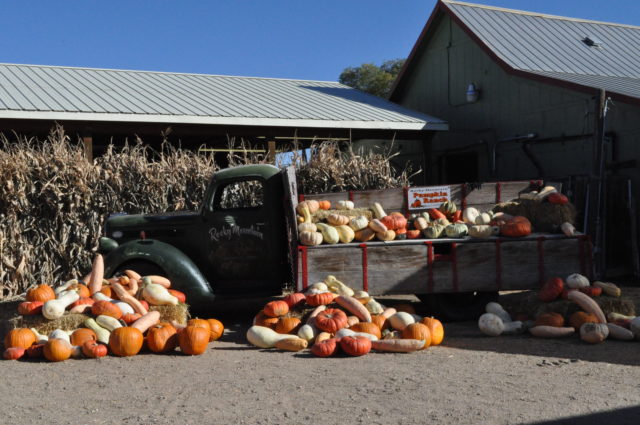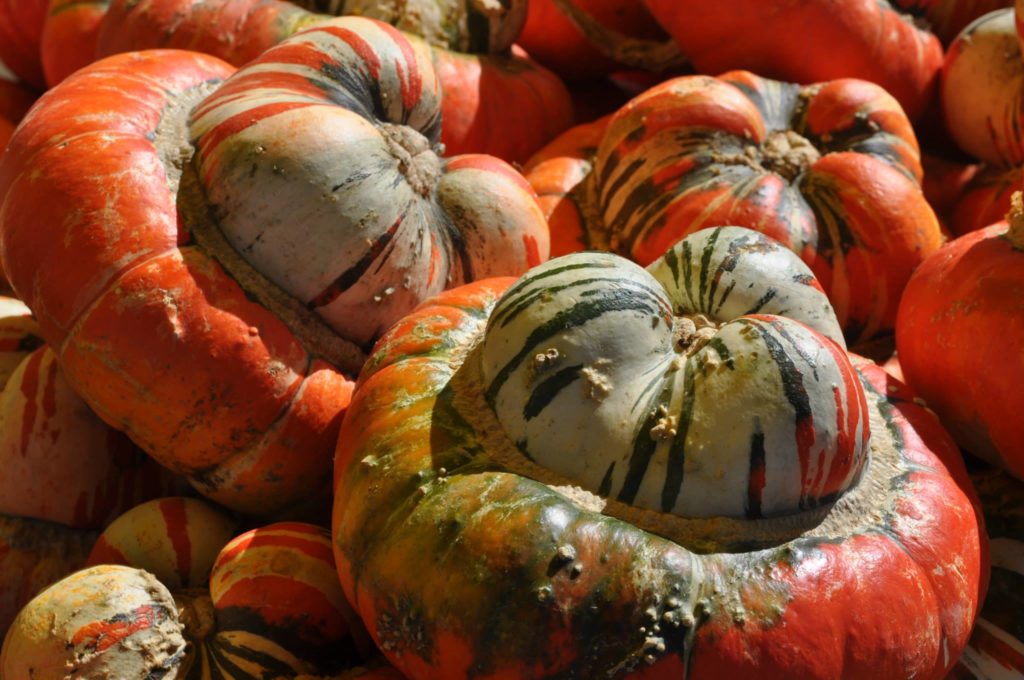
Between Oct. 31 and Nov. 2, the 15 members of the U.S. Department of Agriculture’s (USDA) National Organic Standards Board (NOSB) will meet with organic farmers, producers and consumers from around the country for the 2017 fall board meeting in Jacksonville, Florida.
Lining the agenda for the three-day conference are issues pertinent to the future of national organic standards, which guide the certification process for organic farmers and food producers in the United States. The board members will hear comments and debate several measures, namely two: revisiting current organic seed policies and the potential for hydroponic operations to be considered organic.
The certification process, run by the National Organic Program (NOP), a subset of the USDA Agriculture Marketing Service (AMS), determines what can and cannot be labeled and sold as “organic” in grocery stores, farmers’ markets and stands, and restaurants.
This biannual meeting is in place to ensure the NOP’s certification process reflects the most current state of ever-evolving organic politics. The public is encouraged to provide input, opinion and feedback, though at press time both the webinar and in-person comment slots are full; it’s possible to reserve a chance to voice your opinion via the waiting list — which is to say there’s much to be discussed about the future of organic standards, and many farmers, producers and consumers want their input, ideas and opinions heard.
Perhaps the most pressing topic on the bill for discussion is organic seed. Right now, a loophole exists that allows farmers to use conventionally-produced, untreated and non-genetically modified seeds so long as they can prove they tried and failed to find a suitable organic seed source, according to Richard Dabbs, Boulder County Open Space’s organic agriculture specialist.
To solve this problem, the new proposal will demand farms show “improvement in sourcing and use of organic seed … every year until full [use of organically grown seeds, annual seedlings, and planting stock] is achieved,” according to the NOSB Proposals and Discussions Document.
“I don’t think we’re ready to tighten the seed source rules yet,” Dabbs believes personally, because most of the existing organic seeds are not yet suitable for climates across the country. Farms in Colorado, for example, might not be able to keep up with this demand as quickly as other regions in the Midwest, where organic seeds have had more time and research backing their performance. “More research money and time is needed in the organic seed industry [overall] before the rules are tightened.”
The need for more research and time has become a common refrain throughout organic politics in the past few years. Wyatt Barnes of the 70-acre Red Wagon Farm in North Boulder says, “If you were to put some of the brain power that has made conventional agriculture so successful in doing things nationally, you’d have the same outcome of success for organics. But there’s not research done [in organics] because you can’t keep selling new products every year, meaning there’s a lot less money in it for those developing organic food.”
Barnes is one of several certified organic farmers to lease land from Boulder County Open Space. Right now, about 5.5 percent of Open Space’s leased farming acreage is certified organic, with about 7 percent currently in transition. The land and consumer benefits of going organic are multifold, but can generally be boiled down to the reduced and regulated chemical usage. Though, to be clear, “The [national organic] program itself is strictly a marketing program,” Blake Cooper, Boulder County’s agricultural resources division manager says.
To become a certified organic farm, farmers must wait 36 months from the last conventional farming practice, apply to the NOP, pay inspector fees, register their land and products, and go through a variety of other hoops and hurdles (which are constantly changing) in order to be allowed to sell and market their products with the “USDA Organic” seal.
While it’s understood that “USDA Organic” is not an environmental or health initiative, Boulder County is proud to incentivize its farming tenants to transition to organic practices by reducing lease rates during the “laborious” three-year transition process. “We want to help our tenants be in a position to take advantage of this growing value-added market,” Dabbs says.
From there stems a dissonance between the bureaucratic NOP certification process and the on-the-ground farmers, which Barnes feels acutely in his daily work as an organic farmer and champion of clean, naturally-grown food. “The standards are crap… a lot of people don’t even know it’s a minimum standard,” he says. “We feel like we go pretty far beyond what [the NOP] requires… The [national organic standards] are watering down the concept of organic, [all the while] making harder and harder to get and stay certified.”

The seed loophole is an example of something Barnes hopes to see fixed, but he isn’t getting his hopes up. “I see a huge need for something to replace ‘organic’ entirely.” Barnes says. He throws out words like “biodynamic,” “regenerative” and “hydroponic,” but then follows each with adjectives: “bullshit,” “disaster” and “never good.”
As far as hydroponic systems go, the NOSB reports the public and the board itself is divided on whether or not “organic certification should require plants be grown in soil that is connected to the earth’s surface.” Currently, hydroponic operations, which grow plants in water-based liquid nutrient systems, are allowed organic certification at the discretion of organic certification agencies. Some agencies choose to, and others don’t, and it’s this lack of consistency that had driven the issue to the board for a definitive answer.
The board discussion will revolve around finding a holistic solution to managing hydroponics’ place in organic production, whether or not food grown outside of soil can be considered “organic” by its very nature and how introducing hydroponics permanently into the organic market could potentially influence the market’s prosperity.
Barnes is as wary of including hydroponics in the conceptual organic field as he is of the entire NOP’s existence. From his experience, he’s determined the NOP’s certification standards have diluted what “organic” means, and believes adding more limbs like hydroponics to the marketplace is merely a move to strengthen the USDA’s financial stronghold on small-farm production, all the while drawing “organic” away from its intended roots.
“Maybe they’ll just keep coming up with labels to further muddy the waters,” Barnes says. In years past, he’s relayed his frustrations with the modern organic concept to the USDA, but he feels like nobody’s listening.
“Do I go send stuff off to the [NOP] when I’ve already complained a lot? Somebody up there knows, and they just don’t care.” He sighs when asked how consumers can help keep alive the integral organic concept — the one that prioritizes human and land health rather than marketplace values — when the political route doesn’t go as planned, or there’s no room for one to speak. “Just… know your farmer, that’s what you can do.”














